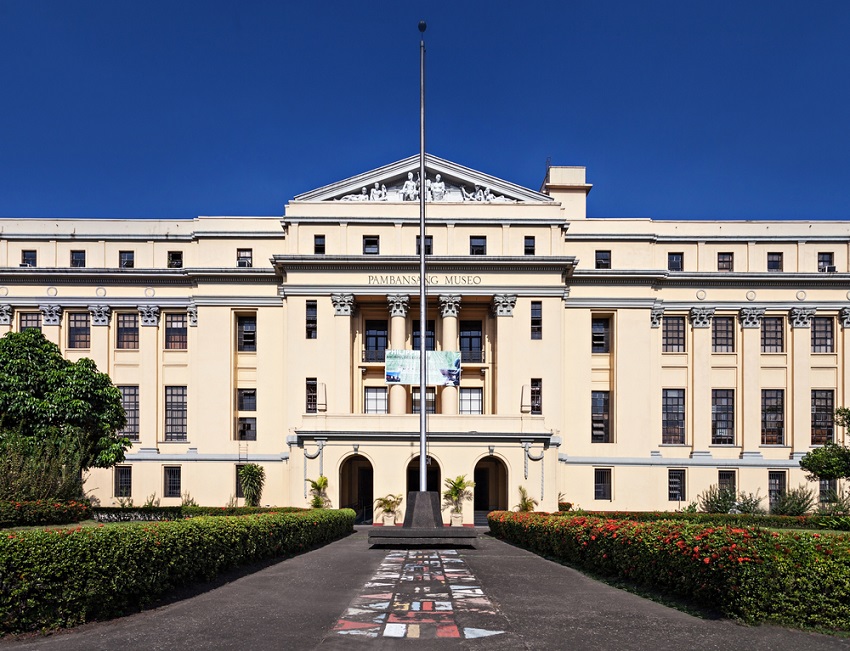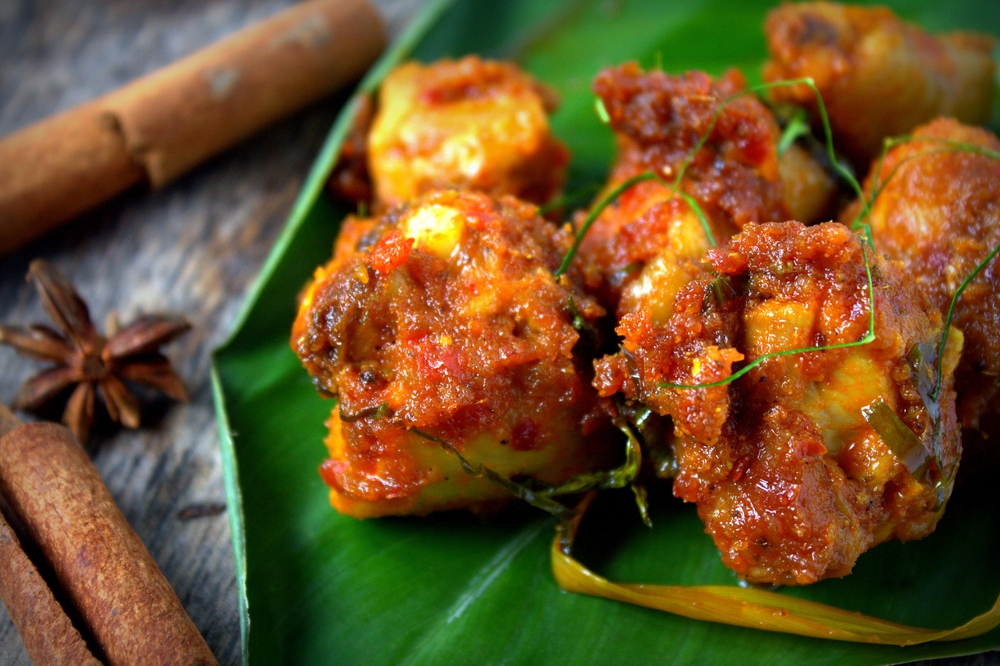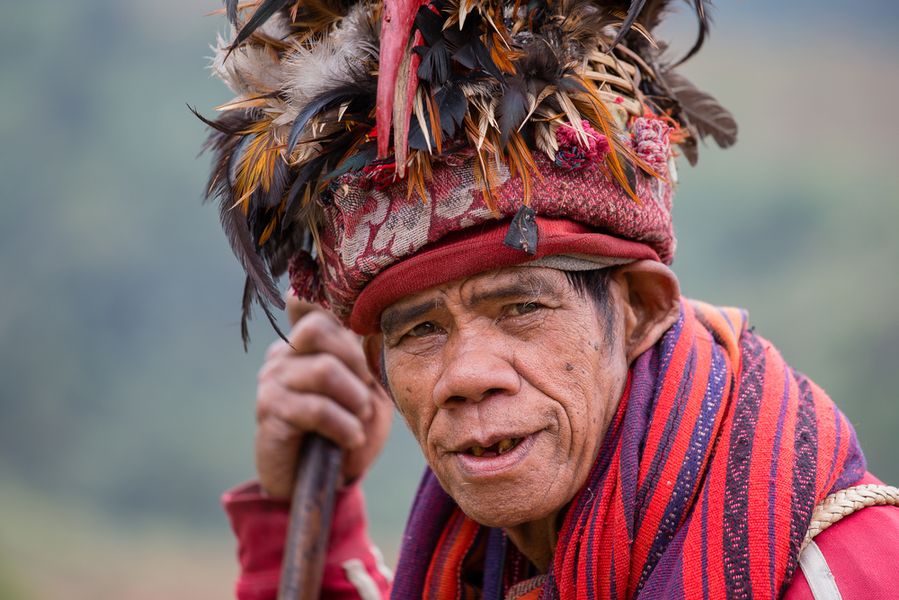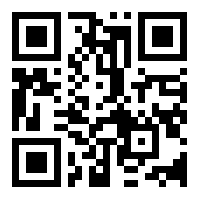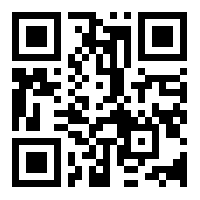Philippines - museum
There are around 27 museums (Wikipedia, 2016) in the Philippines. Each of them was founded with different purposes and social contexts. Bahay Tsinoy, for instance, is a Chinese museum in the Philippines opened in 1999 with a purpose to illustrate the Chinese ways of life in the Philippines covering prehistoric age to these days (Marilyn Seow and Laura Jeanne Gobal,Editors, 2004:94). Political Museum of the Philippines was established in order to share knowledge and display how this nation was built and how it eventually achieved Independence (Marilyn Seow and Laura Jeanne Gobal,Editors, 2004:100).
National Museum of the Philippines is another famous landmark where it was founded in 1901 at the heart of Manila. The display mounts history and anthropology. There are two offices in that area, the operation office and the old Senate House, but the House moved out in 1996. Later in 2003 it was improved to be National Museum of the Philippines (Marilyn Seow and Laura Jeanne Gobal,Editors, 2004:102).
The permanent exhibitions there cover five floors illustrating Natural History and social developments of the Philippines. The Natural History features settlement ecosystems of indigenous people, natural resources and economic developments of the nation (กรกฎ บุญลพ, 2549:18). It is also the biggest botanical reservation in the country providing geological and zoological knowledge by collecting various samples of animals found in the Philippines (National Museum of the Philippines, 2016).
While archeological and historical exhibitions cover pre-historic period featuring crucial evidence attributed to archeological field – Tabon Cave marked as a primary source where earliest humans of Southeast Asia were discovered. It is worth noting that the underwater archeological exhibition is present as well. It displays ancient sailings and merchant marines between the Philippines and other islands including lands on Southeast Asian extending to China, Korea and Japan (กรกฎ บุญลพ, 2549:19).
The next section depicts societies and cultures of the indigenous people dwelling on those 7,107 islands in which their struggling with the colonizers before the Philippines declared Independence is highlighted. Moreover, a part of the section is dedicated to biography of famous historical figuresof the Philippines (กรกฎ บุญลพ, 2549:19).
National Museum of the Philippines is opened at 11.00- 17.00 hours on Tuesday to Sunday. The student fee is 50 pesos, senior 120 pesos and adult 150 pesos. A group of visitors over 51 persons gets a discount. The student fee is deducted to 40 pesos and senior/adult deducted to 120 pesos. The Museum allows free access on every Sunday (National Museum of the Philippines, 2016).
Bibliography
Marilyn Seow and Laura Jeanne Gobal,Editors. (2004). MUSEUMS of Southeast Asia. Singapore: Archipelago Press.
National Museum of th Philippines. (10 May 2016). เรียกใช้เมื่อ 17 May 2016 จาก National Museum of th Philippines: http://www.nationalmuseum.gov.ph/#page=page-1
Wikipedia. (24 May 2016). List of museums in the Philippines. เรียกใช้เมื่อ 17 May 2016 จาก Wikipedia The Free Encyclopedia:https://en.wikipedia.org/wiki/List_of_museums_in_the_Philippines
กรกฎ บุญลพ. (กรกฎาคม-ธันวาคม 2549). พิพิธภัณฑสถานแห่งชาติฟิลิปปินส์. ก้าวไปด้วยกัน, 2(4), 18-20.
